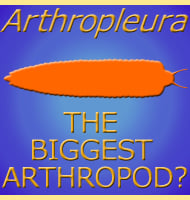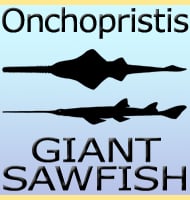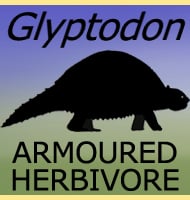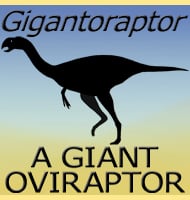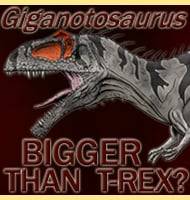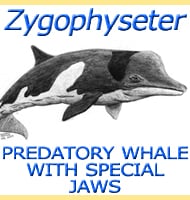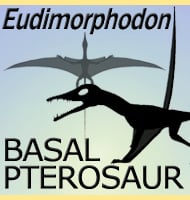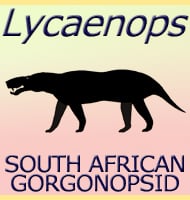In Depth
Although named in 1999, Mollesaurus got declared as a synonym to Ophthalmosaurus in the following year by a review of the Ophthalmosaurus genus by palaeontologists Michael W. Maisch and Andreas T. Matzke in 2000. This conclusion remained for about ten years until 2010 when a further study by Patrick S. Druckenmiller and Erin E. Maxwell identified key differences between the partial skull then identified as O. periallus and other Ophthalmosaurus fossils. Further study, including some involving Maisch, has since reinforced the opinion that Mollesaurus fossil material is indeed representative of a distinct genus.
Aside from being resurrected as a different genus, Mollesaurus currently stands out from other ophthalmosaurids as possibly being the first member of the group to exist. As such Mollesaurus probably had a similar lifestyle and behaviour to other ophthalmosaurids which saw it diving deep to hunt prey like squid and belmenites that would have been more abundant in the lower depths. Unfortunately it is harder to say for certain it the presence of Mollesaurus in Patagonia hints at a South American origin for the ophthalmosaurid ichthyosaurs since as pelagic (open ocean) animals, they would have likely had a massive geographical range in order to take full advantage of the available prey which would not have been restricted to just one area of the world.
Further Reading
Further reading- A new ichthyosaur from the Los Molles Formation (Early Bajocian), Neuquen Basin, Argentina. – Journal of Paleontology 73(4):677-681. – M. S. Fernandez – 1999.

